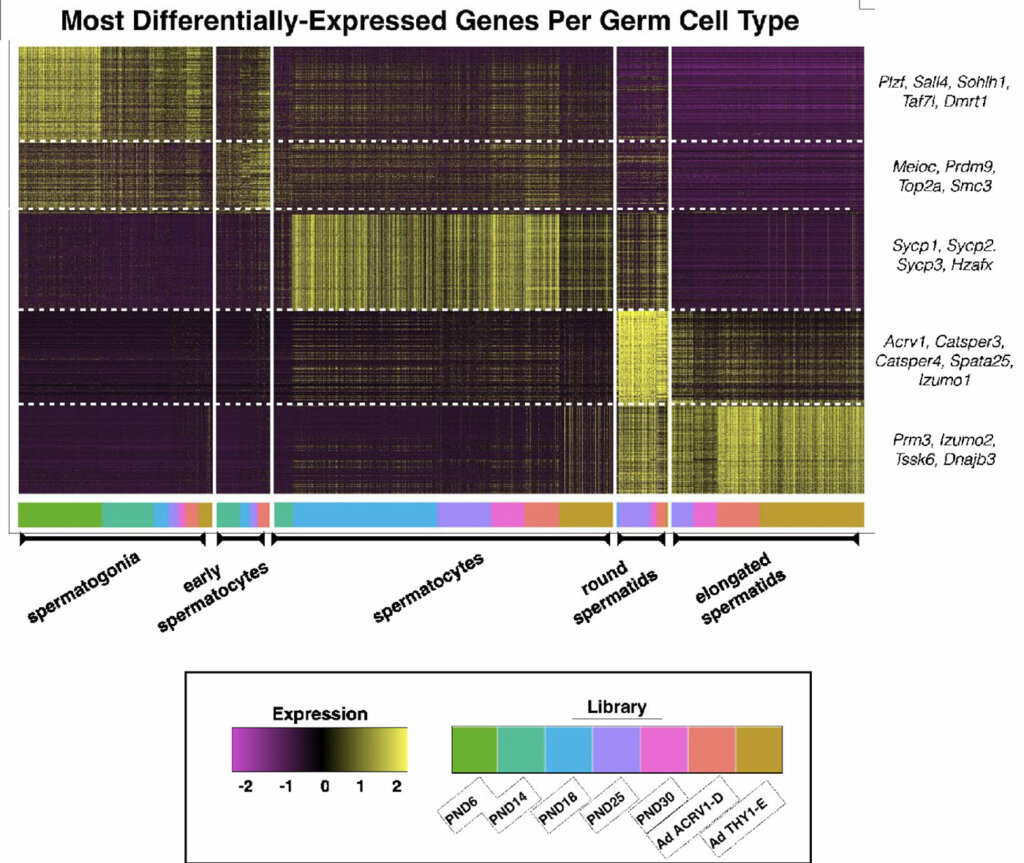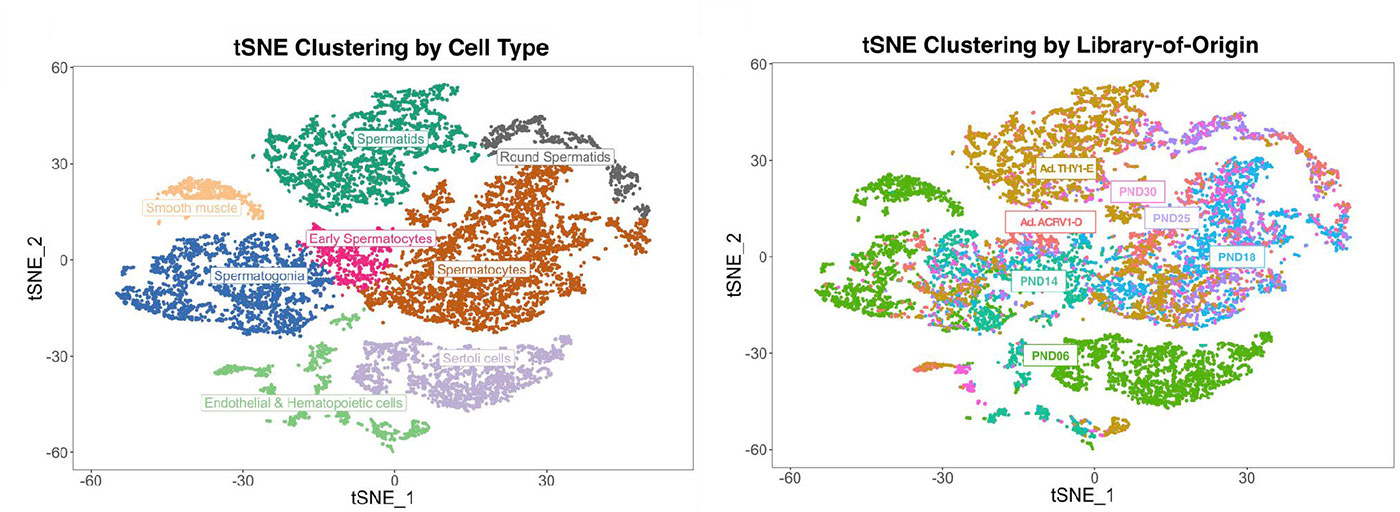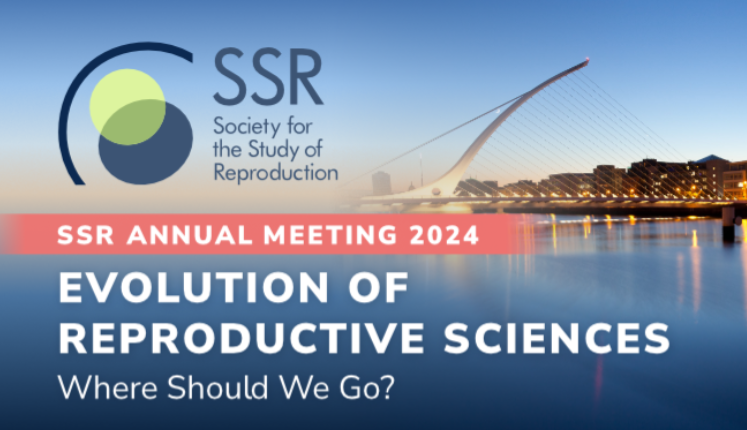The primary objective of the Core is to provide high quality, state-of-the-art, efficient and cost-effective genomics services and resources to enable research on gene regulation. For the past six years, the Core has offered RNAseq (transcriptome) and small RNA sequencing services to CoRe labs and the wider Cornell and NCTRI research communities under the name “RNA Sequencing Core”, recently updated to the “Transcriptional Regulation and Expression” (TREx) Facility to reflect a widening scope of services. All services include library generation, sequencing, and standard analysis, as well as pre- and post-project consultation on experimental design and custom data analysis respectively. In addition to the end-to-end, fee-for-service genomics services provided by TREx, we have recently launched an independent, collaborative technology development lab, the “Genomics Innovation Hub”, to provide expertise in cutting-edge genomics technologies centered on combinatorial indexing strategies for specialized or single-cell readouts of epigenomics and gene expression. The Genomics Innovation Hub will form the nucleus of expertise and shared resources to apply the latest in genomics technologies to reproductive research. Together, led by Jen Grenier, these operations will represent the Genomics Innovation Technology Core for the Cornell Reproductive Sciences Center. For further information, see the Genomics Innovation Hub.





